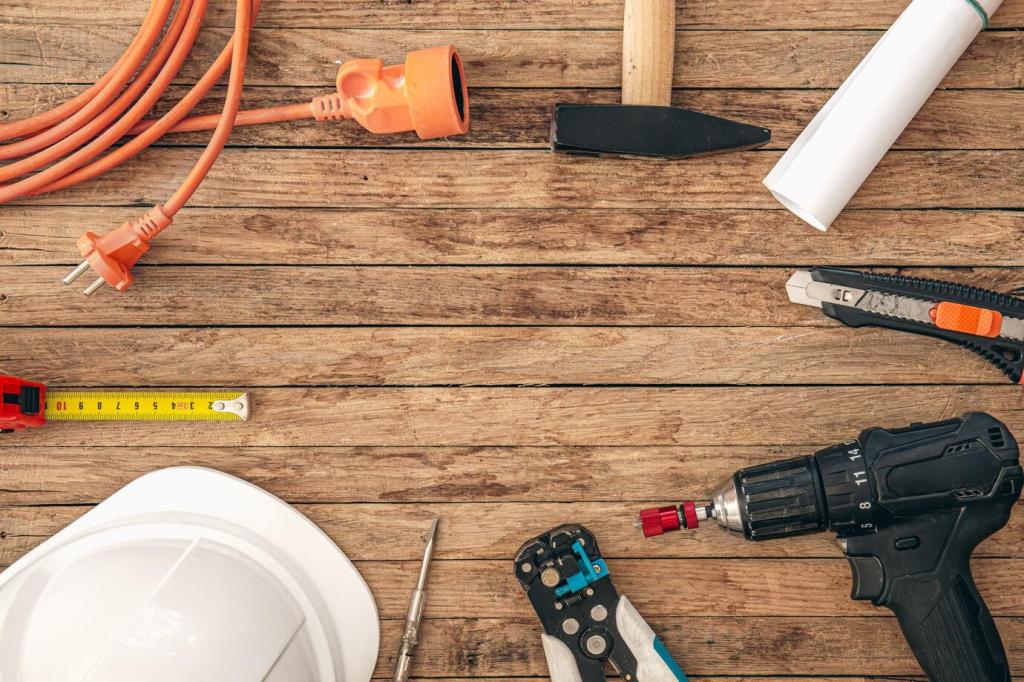Human Factors: Trust, Attention, and Balance
That orange indicator is powerful, but it is not omniscient. Keep mirrors adjusted wide, perform brief shoulder checks when safe, and treat alerts as timely advisors rather than absolute guarantees of a risk-free lane.
Human Factors: Trust, Attention, and Balance
Well-designed systems use consistent tones, gentle vibrations, and clear icons to prevent panic reactions. Familiarize yourself with your vehicle’s cues so your body learns to respond calmly instead of jolting under surprise.







